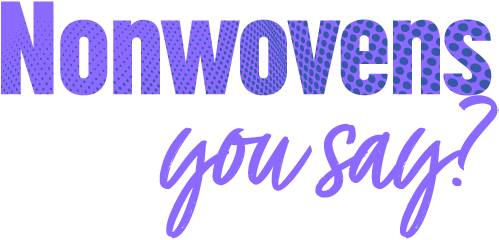
|
Developing fibres made from renewable resources |
Creating biodegradable fibres that meet user requirements in terms of strength, softness and cost. |
Defining the FutureAlthough the nonwovens industry has been around for over 50 years, the full-scale industrialisation of nonwovens manufacturing didn’t take off until the early 1980s. Since then, the nonwovens industry has been driven by a passion for innovation, leveraging the latest technologies to constantly advance the state-of-the-art. This has resulted in the development of a wide range of web forming and web consolidation technologies. Innovative technologies like these have enabled a new generation of lighter yet highly functional nonwovens. These new nonwovens lead to significant savings in raw materials. For example, thanks to their use of increasingly lighter nonwovens, the weight of disposable diapers has been reduced by more than 50% in just 30 years.
New Material SolutionsBut by no means is innovation confined to how nonwovens are manufactured – it also applies to the material itself. In fact, the nonwovens industry is constantly developing innovative new material solutions:
Opening the Door to New OpportunitiesThis commitment to innovation – both in terms of technology and materials – has opened the door to new opportunities and new or improved applications, including:
Furthermore, these new nonwovens can be used in combination with other materials. For instance, their use increases the strength and stability of composite materials, which are regularly employed by the home and building industry.
|
Anything is Possible |
|
|
Nonwovens also play an important role in innovative applications that will define our future, such as battery separators used in the design of high capacity batteries in, for example, electrical vehicles. With nonwovens, anything is possible. So let your imagination run wild and join us as we define the future. |

Nonwovens
|



